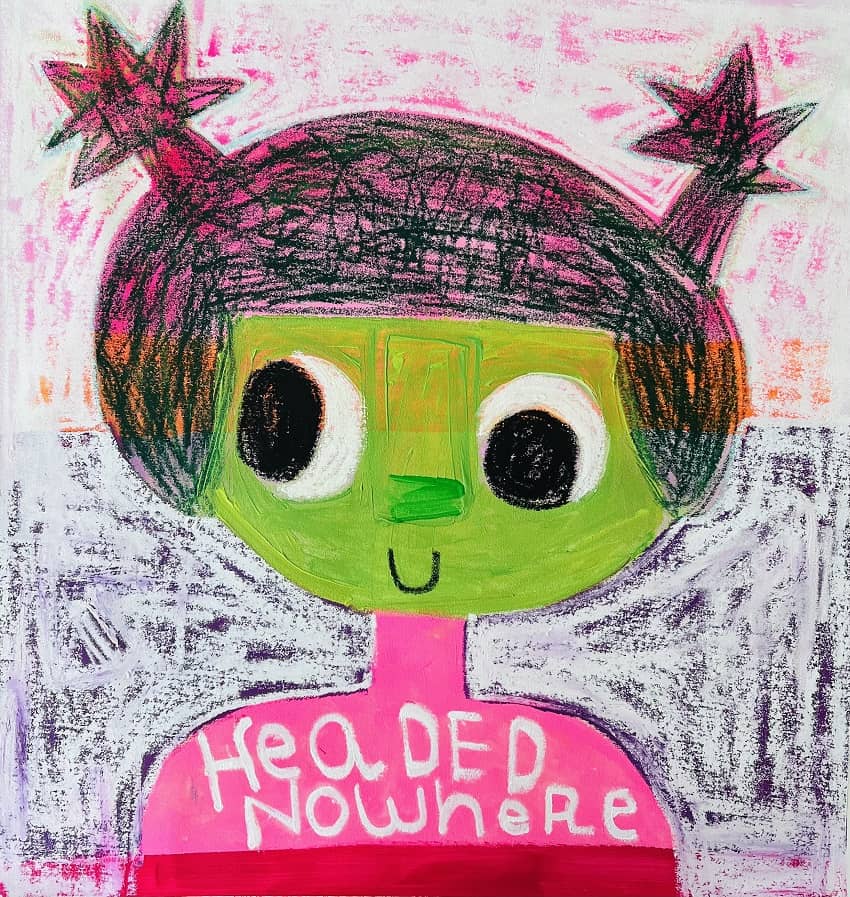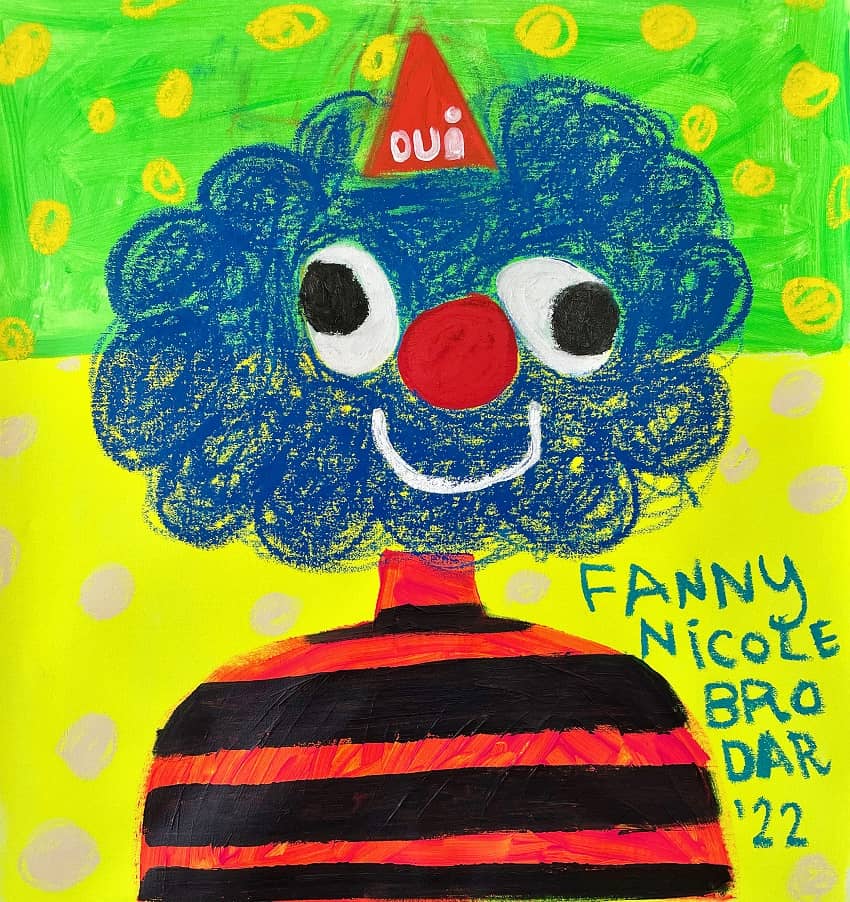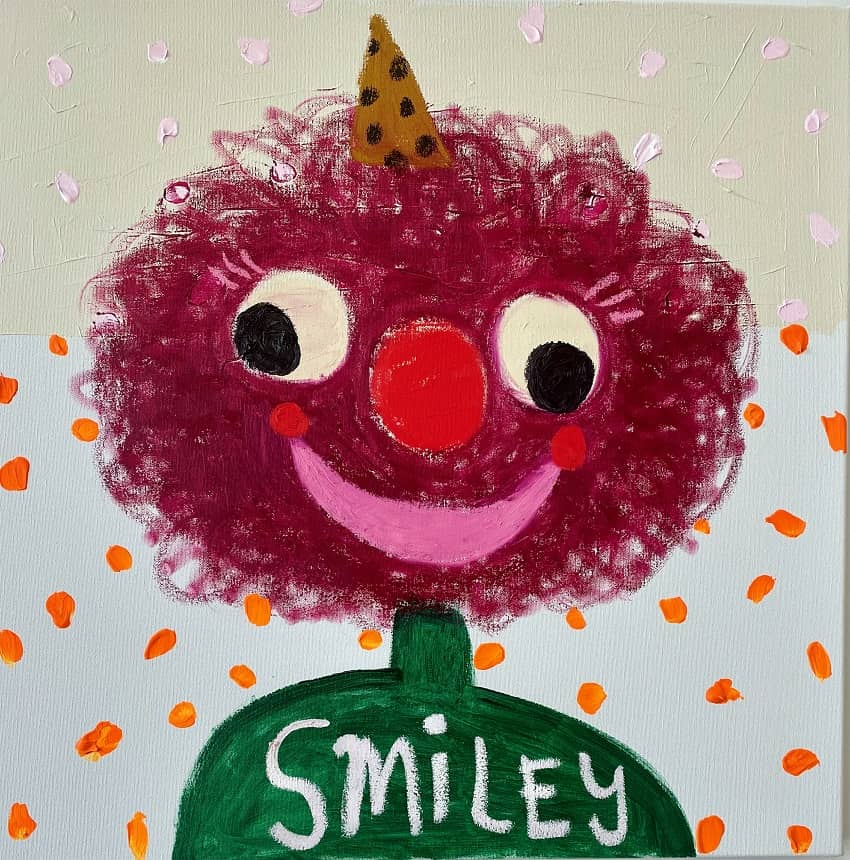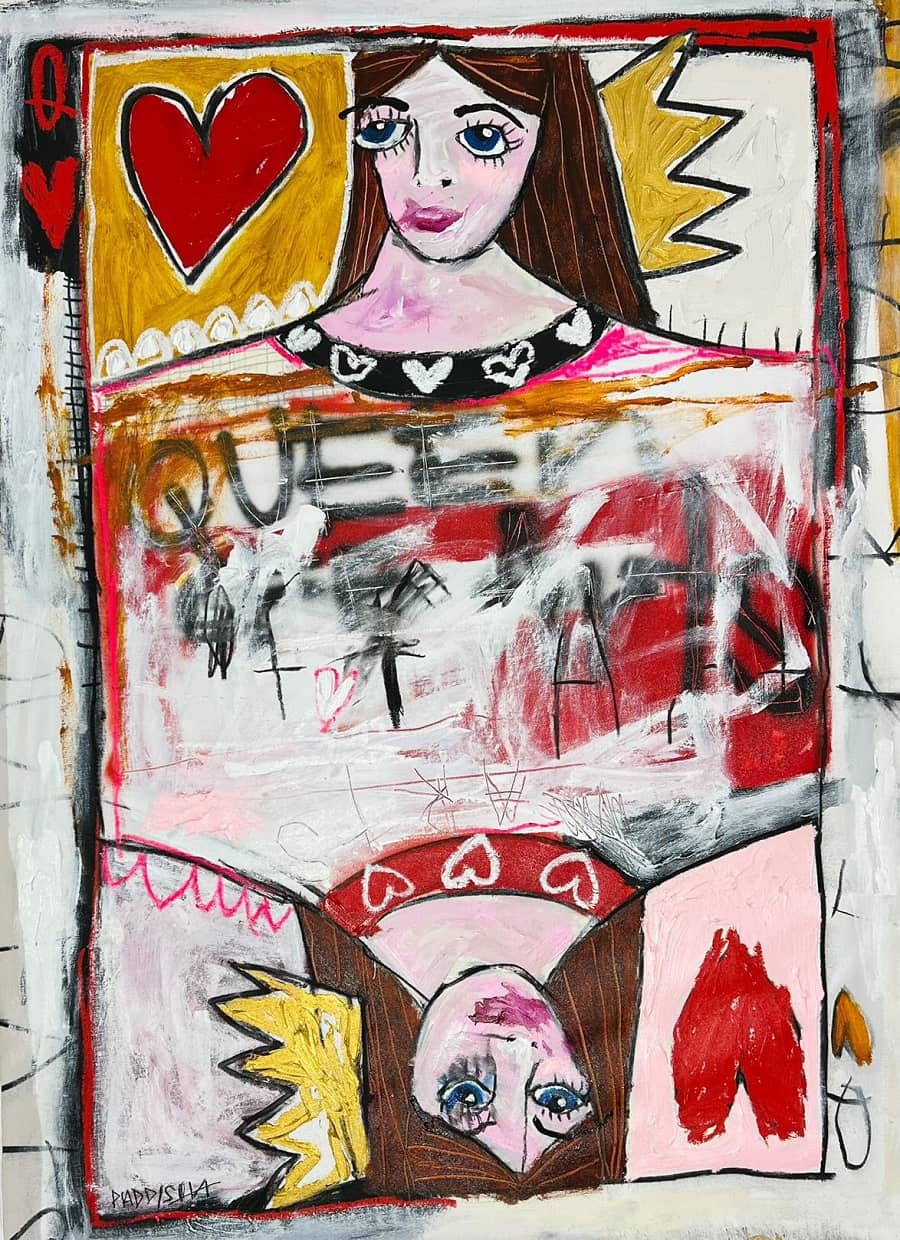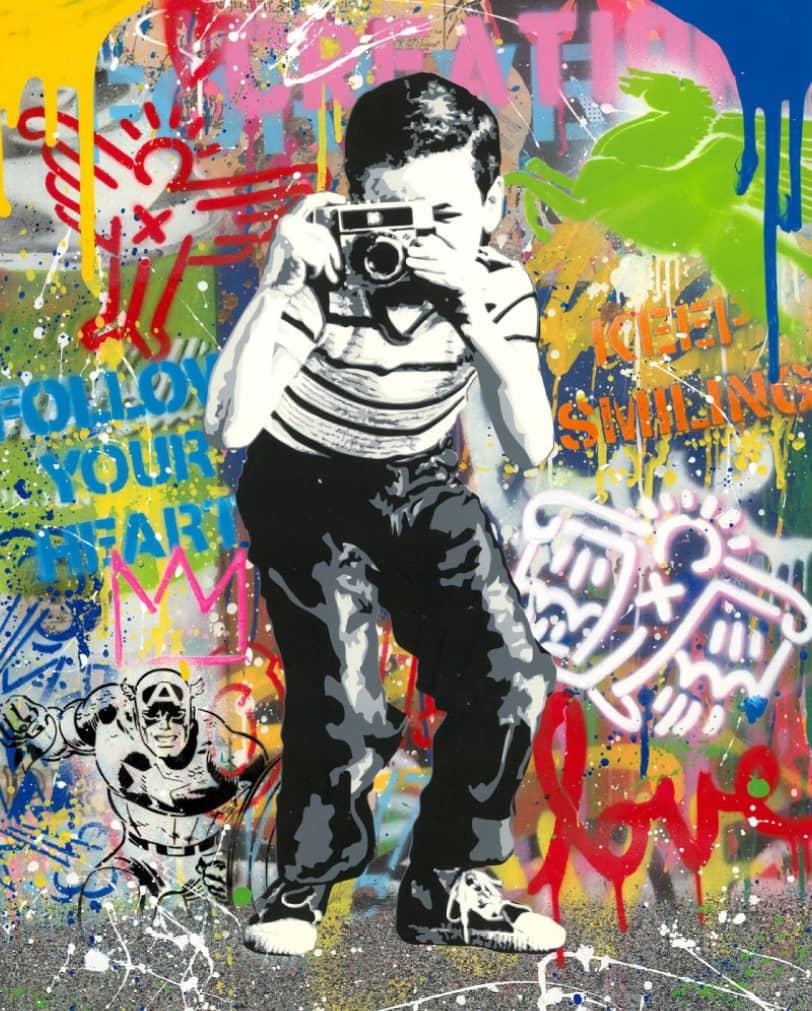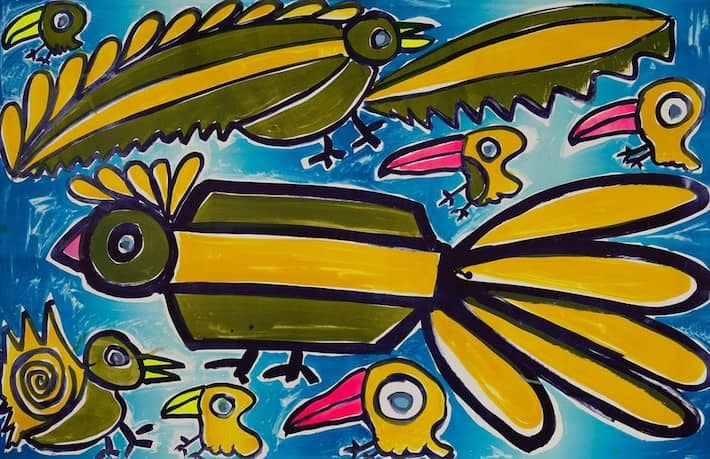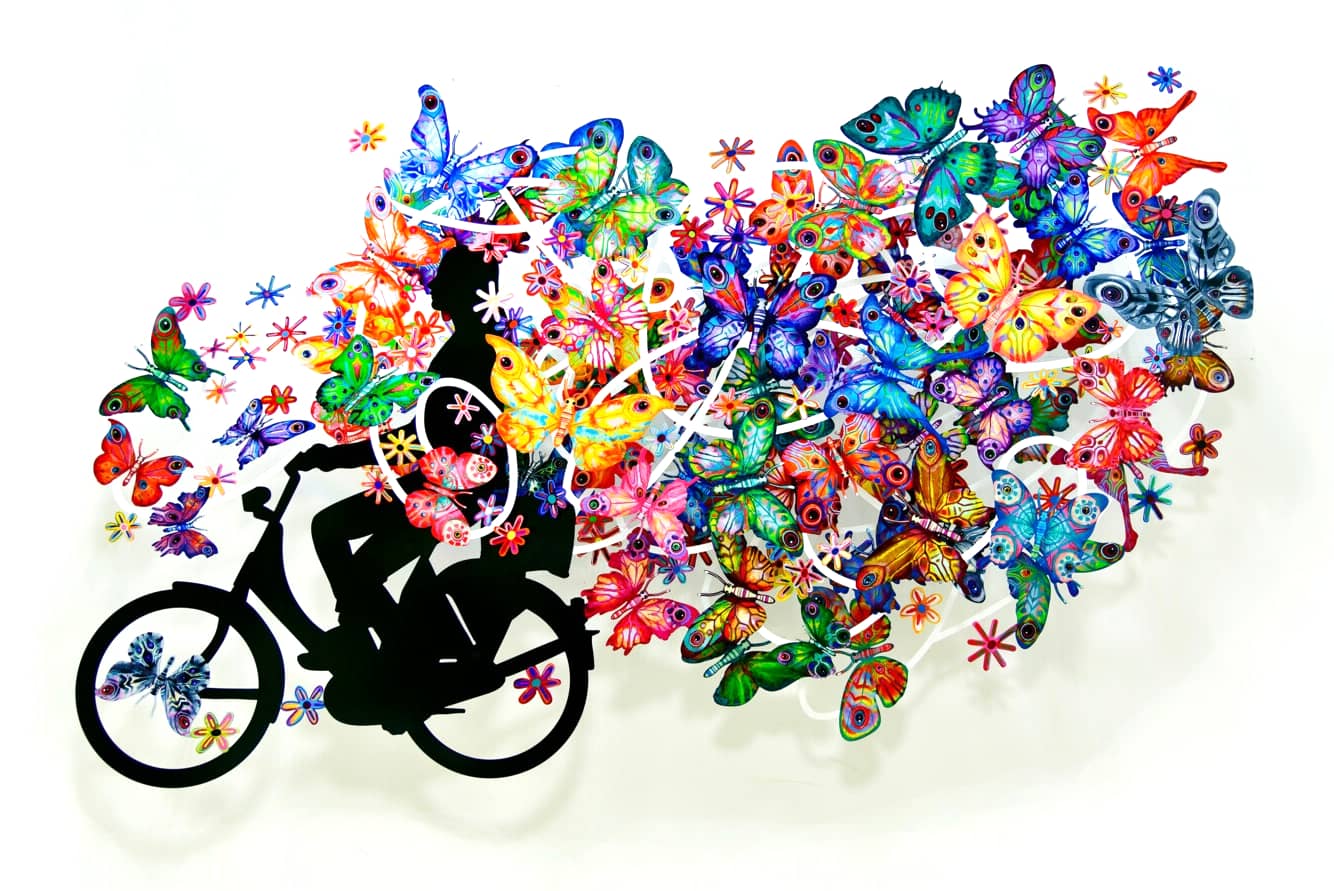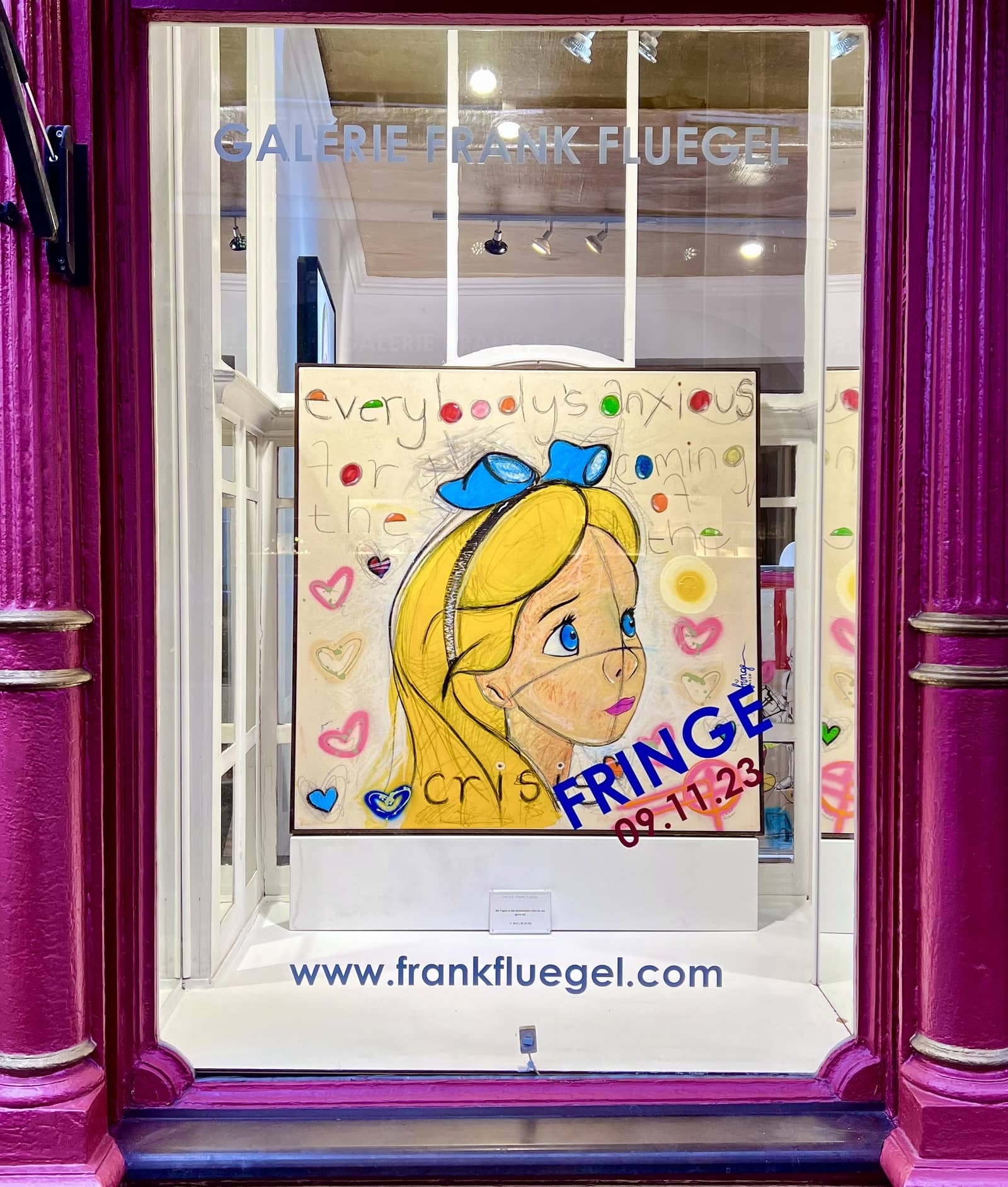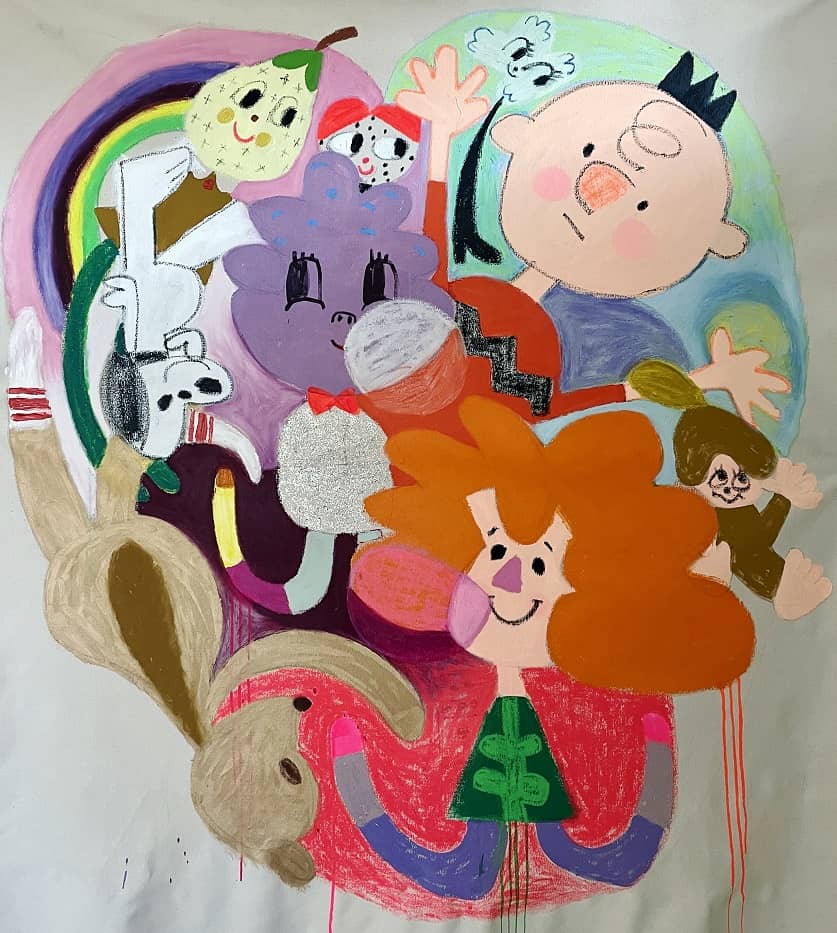
Fanny Brodar Good Grief / Acrylic on canvas / signed / unique
| Year: | 2023 |
| Format: | 180 x 180 cm / 70.9 x 70.9 inch |
| Material: | acrylic, oil pastel, and oil stick on canvas |
| Method: | Painting, mixed media |
| Edition: | unique |
| Other: | handsigned. |
Fanny Brodar is influenced by the playful curiosity of childhood and the simple but expressive figures of artists like Philip Guston.
Fanny Brodar – Good Grief.

| Year: | 2023 |
| Format: | 180 x 180 cm / 70.9 x 70.9 inch |
| Material: | acrylic, oil pastel, and oil stick on canvas |
| Method: | Painting, mixed media |
| Edition: | unique |
| Other: | handsigned. |
Good Grief - Childhood memories.
Good Grief is a painting by Fanny Brodar with acrylic, oil pastel and oil pencil on canvas. Like many other contemporary artists, Fanny Brodar belongs to the Kawaii movement, which is why her pictures are particularly successful in Asia.
The Kawaii Aesthetic in Arts: Embracing Cuteness as an Artistic Expression.
Kawaii, a Japanese word meaning “cute” or “adorable,” has transcended its linguistic origins to become a powerful aesthetic in the world of arts. Originating in Japan, the Kawaii culture has permeated various forms of artistic expression, influencing visual arts, fashion, design, and even lifestyle. The essence of Kawaii lies in its celebration of innocence, simplicity, and the irresistibly charming aspects of life.
In visual arts, Kawaii manifests through characters, illustrations, and artistic creations that embody childlike innocence and playfulness like here in the paintings of Fanny Brodar. Characters with large, round eyes, small noses, and soft features dominate Kawaii art, evoking a sense of endearment. These characters often find themselves in whimsical and fantastical settings, inviting viewers into a world where everything is enchantingly cute. This aesthetic has been widely adopted in anime and manga, where Kawaii elements add a layer of charm and relatability to characters.
Beyond the realm of animation, Kawaii has become a driving force in contemporary art movements. Artists globally have embraced the Kawaii aesthetic, incorporating its principles into paintings, sculptures, and installations. The use of bright colors, pastel hues, and gentle lines characterizes Kawaii-inspired art, creating a visual language that is both visually appealing and emotionally resonant. This art form challenges conventional notions of seriousness and highbrow aesthetics, offering a delightful departure into a world of innocence and joy.
Fashion, another domain significantly impacted by the Kawaii culture, sees the emergence of styles that blend cuteness with individuality. Street fashion movements, particularly in places like Harajuku in Tokyo, showcase a kaleidoscope of Kawaii-inspired outfits. Pastel-colored clothing, oversized accessories, and a playful mix of patterns define the Kawaii fashion sense, encouraging self-expression through a childlike lens.
In design, the Kawaii aesthetic has found its way into everyday objects, from stationery to home decor. Products adorned with Kawaii elements not only serve practical purposes but also evoke a sense of happiness and nostalgia. The incorporation of Kawaii design principles in everyday items transforms the mundane into the extraordinary, making the ordinary a source of delight.
The Kawaii culture is more than just a visual aesthetic; it embodies a mindset that seeks to find joy in simplicity and cuteness. It challenges traditional notions of beauty and sophistication, urging individuals to embrace the childlike wonder within themselves. The arts, with Kawaii at the forefront, encourage a departure from the serious and a celebration of the lighthearted and delightful aspects of life. In a world that often demands seriousness, the Kawaii aesthetic serves as a reminder that there is beauty in the adorable, and art has the power to make us smile in its simplest, most charming forms.
Fanny Brodar
The inspiration for her paintings usually comes from childhood memories, her imagination and things that are important to her. She is currently working on a series of artworks that feature mars-like figures in various yoga positions, painted in bright, bold colors. The backgrounds are filled with things like planetary objects, rainbows, flowers and words that come to her mind in the middle of the painting. The Martian was created from her childhood imaginary friend (a character that looks a lot like the Great Gazoo from the Flintstones). This character helped her through many difficult times as a child. She is a beekeeper and often incorporates flowers and little monsters into her work. When she weaves all these things together, her paintings become a euphoric tapestry – an otherworldly and magical place where she loves to be. In her own little world, she takes care of nature in a very Buddhist way; she especially loves the smallest creatures and considers it bad luck to kill bugs. Several exhibitions and shows have already been dedicated to the artist Fanny Brodar worldwide, and solo shows are planned for 2024 in Seoul, Shanghai and Madrid.
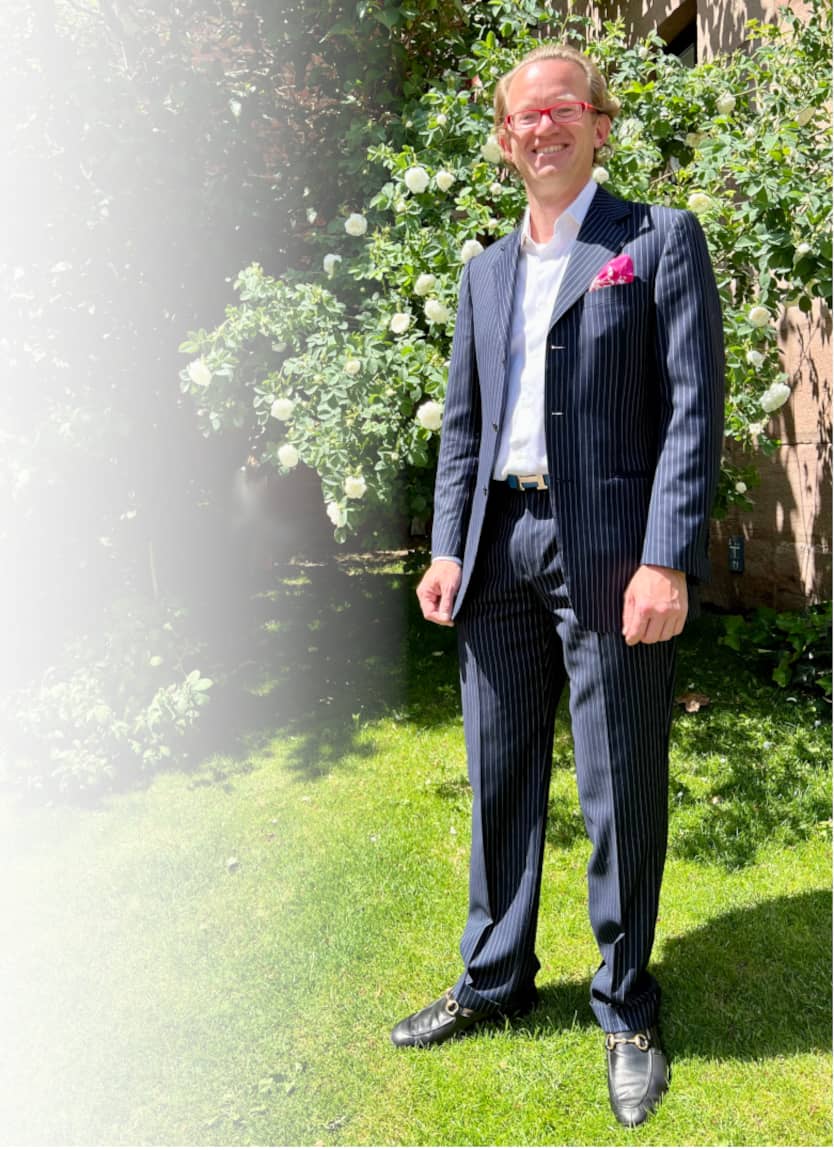


Year: 2023
Format: 180 x 180 cm / 70.9 x 70.9 inch
Material:acrylic, oil pastel, and oil stick on canvas
Method:Painting, mixed media
Edition:unique
Other:handsigned.


